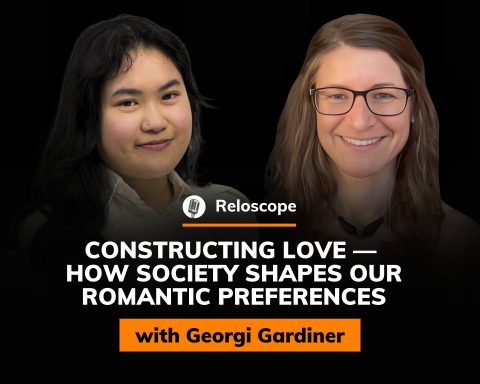Striving for comfortable, energy-efficient homes has always been a crucial goal in architecture. However, striking a balance between airtightness and thermal comfort is often elusive. In this podcast episode, host Gabriella Joustra and esteemed guest Andy Marlow, an architect and director at Envirotexture, delve into this intricate relationship and provide invaluable insights and practical solutions to ensure optimal living environments.
Meet Andy Marlow
Andy Marlow, the architect and director at Envirotexture, is an esteemed sustainable architect who prioritizes creating buildings that foster health, comfort, and efficiency. His certifications as a Passive House Designer and extensive experience in the field offer invaluable insights into sustainability and design principles.
Andy’s commitment extends beyond his role as an architect; he is a sought-after speaker at conferences, generously sharing his knowledge on sustainability and the future of cities. As an advocate for sustainable living, Andy promotes resources like the Australian Passive House Association and International Passive House Day, which allow individuals to learn from those living in passive houses.
His websites, envirotechter.com and passivehousedesignandconstruct.com, as well as his LinkedIn profile, serve as valuable platforms for those interested in exploring sustainable living and passive house designs.
About the episode
In this podcast episode, host Gabriella Joustra and the esteemed guest Andy Marlow unravel the connection between airtightness and thermal comfort in buildings. They delve into the benefits and challenges associated with achieving a balance between the two, offering valuable insights and practical solutions to create optimal living environments.
Andy emphasizes the importance of housing as a fundamental human need. He discusses the impact of airtightness and ventilation on maintaining thermal comfort and preventing condensation in buildings. Andy explains that while most buildings are not perfectly airtight, improving airtightness can significantly reduce energy waste and increase comfort levels.
Andy suggests simple measures like sealing drafty doors and windows to achieve better airtightness. He also encourages you to explore government programs to make your homes more airtight.
Furthermore, Andy highlights the significance of balanced ventilation to ensure thermal comfort, especially in wet spaces like kitchens and bathrooms. He explains the concept of mechanical ventilation with heat recovery systems, which provide fresh, filtered air while minimizing energy loss.
Andy shares personal experiences of living in passive houses and the challenges faced during bushfires, highlighting the importance of maintaining clean indoor air. He also discusses the use of HEPA filters in mechanical ventilation units to filter out pollutants, ensuring a healthy indoor environment.
In conclusion
Balancing airtightness and thermal comfort presents a significant challenge in sustainable architecture and building design. Yet adequate ventilation emerges as a pivotal solution to this dilemma. By implementing mechanical ventilation with heat recovery systems and improvements in airtightness, you can cultivate comfortable, energy-efficient living spaces while upholding optimal indoor air quality.
Be the first to see our next episode. Follow us on social media to stay updated:
You can also subscribe and listen to the show on your preferred podcasting platforms:




